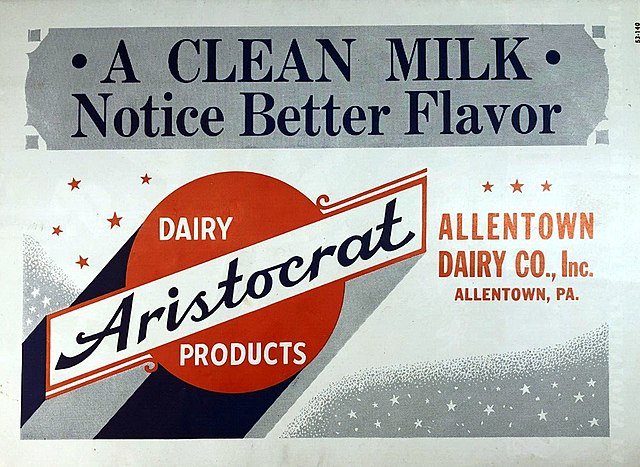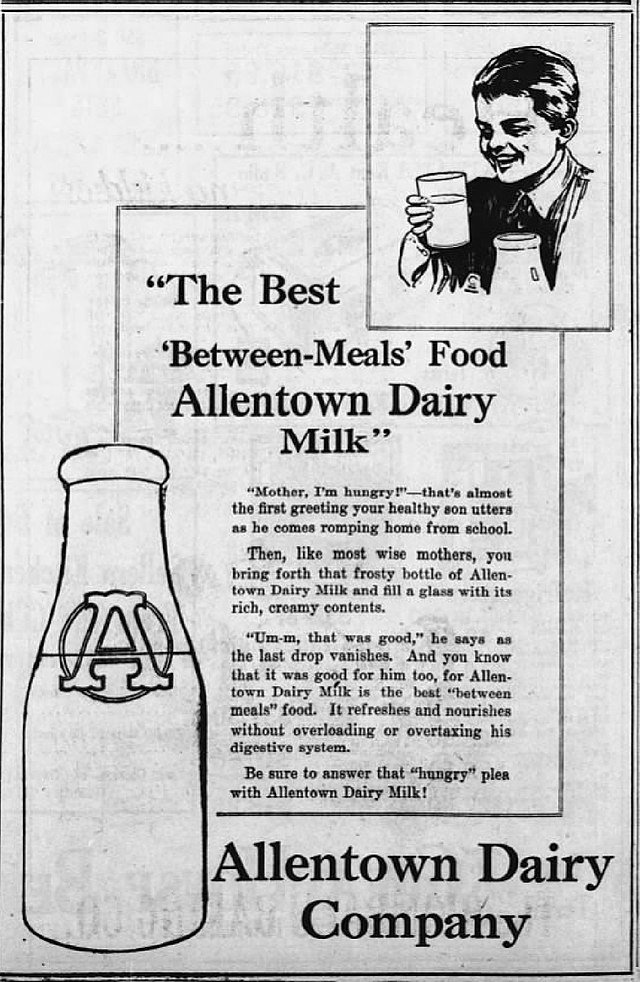Artefact in Action: Dairy on Turner
Have you ever wondered what a day in the life of architect is like? With our new blog, we hope to help answer this question and explore some of the key issues in the field today.
When a historic building falls into disrepair, there are always some who will argue for demolition. Saving old buildings is a complicated process that involves painstaking material selection, highly skilled repair, and the mitigation of environmental hazards. So why bother?
Although restoring historic buildings is a complex undertaking, we find in most cases that the beauty, structural integrity, and historical significance of such properties make preserving them highly worthwhile. Retaining priceless architectural features from past eras, historic buildings connect us to our nation’s history. A case in point is the Allentown Dairy Company building.
The Allentown Dairy Company
Incorporated in 1915, the Allentown Dairy Company originated as a cooperative of regional dairies in need of a centralized plant for pasteurization. The company was known for its rigorous quality control standards, delivering trusted dairy products to customers throughout the Allentown region via horse-drawn wagons and early Mack trucks.
Allentown Dairy Company draft horses
In the ensuing decades, the company absorbed other dairies and changed ownership a number of times before ceasing dairy operations for good in 1989. For decades thereafter, the building sat largely vacant due to its challenging footprint: the structure’s long, narrow shape did not lend itself to the projects envisioned by developers in search of a quick, inexpensive flip.
The Allentown Dairy Company in 2018
Real estate trends shift in the pandemic era
In 2020, as many workers were relegated to home offices indefinitely due to COVID-19, a new demand for live-work spaces emerged. Identifying the building as a site that could serve this new segment of the working population with live-work apartments and commercial space, Artefact acquired the space and embarked on an ambitious renovation.
To help finance the project, we applied for Pennsylvania Historic Preservation Tax Credits (HPTCs), a tax benefit that is contingent on adherence to the Secretary of the Interior’s Standards for the Treatment of Historic Properties. These guidelines typically require the preservation of historic features to the greatest extent possible.
To adhere to federal guidelines for the renovation, we removed the Brickote from the building’s exterior and restored the original brick.
Many of the building’s windows had been broken or boarded up during the building’s period of disuse. In keeping with preservation guidelines, we installed replacement windows that matched the appearance and profile of the building’s original windows.
Why we champion adaptive reuse
Our firm specializes in adaptive reuse, or the process of transforming an existing building to make it suitable for a new purpose. Adaptive reuse not only helps us save treasured architectural history; it helps us preserve the embodied energy of existing buildings and reduce the need for new materials, thus minimizing carbon emissions. Adaptive reuse projects also help revive blighted communities, bringing new life and commerce into neighborhoods that were formed around now-defunct industries.
Look how happy adaptive reuse makes us!
Stay tuned for updates as the Dairy on Turner project progresses! And if you’ve got an idea for an adaptive reuse project, contact Artefact for a free consultation today!








